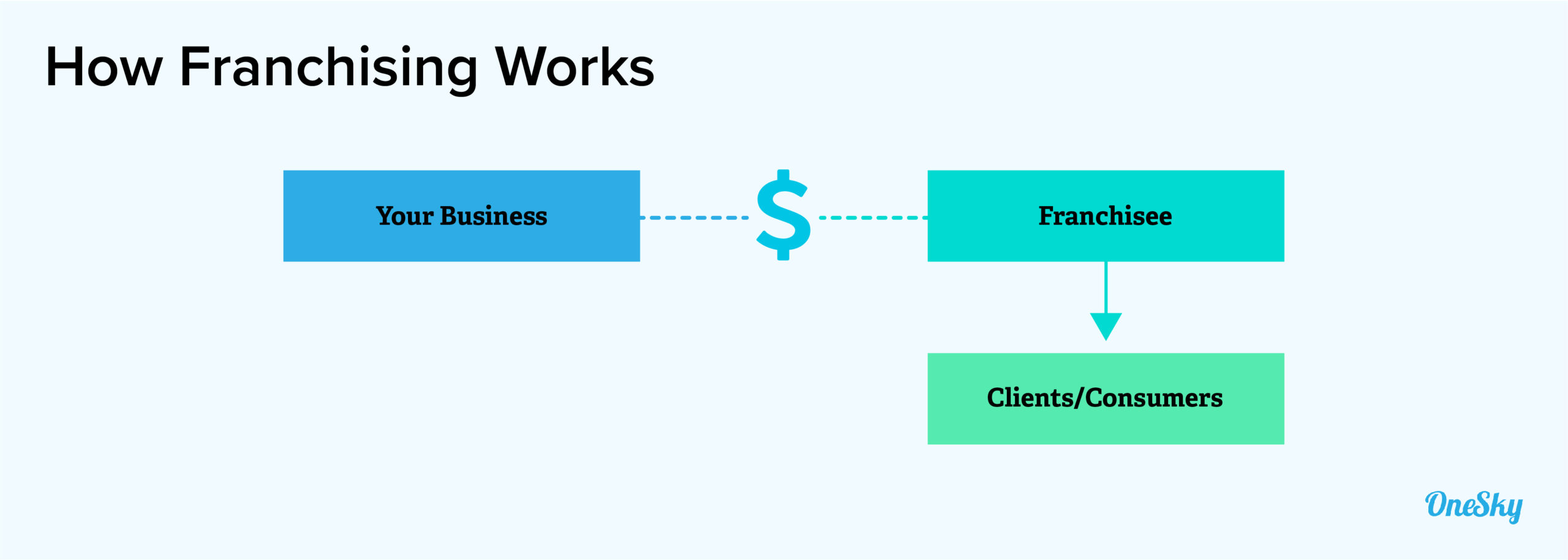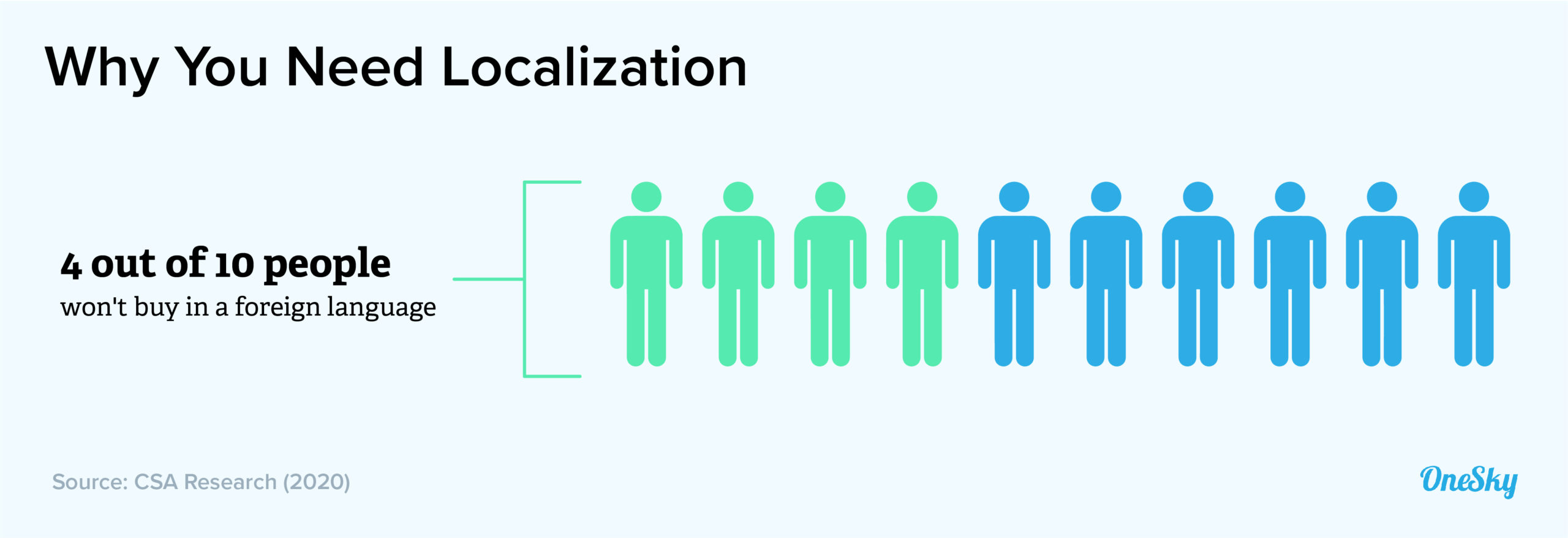The 10 Best Strategies for Entering Foreign Markets
For most businesses, success can be defined as sustained growth. To keep the trajectory facing upwards, there may come a time when you need to look outside your home market.
Entering a foreign market is a big step for any business — even those that generate a seven-figure revenue. However, the potential rewards are huge. A well-planned launch into a new market can unlock new revenue and help you dominate at home.
So, how exactly do you make the leap? We decided to take a look at some proven strategies for entering foreign markets.
10 Global Entry Strategies for International Markets
Just like at home, there are many ways to build a business in a foreign market.
Some frameworks suit small and medium-sized businesses, while others are better for larger corporations. The type of products and services you offer, and the region you are targeting should also influence your choice of strategy.
Some of the best options include:
- E-commerce
- Direct export
- Licensing
- Franchising
- Partnerships
- Joint ventures
- Piggybacking
- Direct investment
- Subsidiaries
- Turnkey solutions
Let’s take a closer look at each of these strategies.
Selling Online
By far the easiest and cheapest route into new markets is through e-commerce. In theory, all you need is a suitable payment processor and some way of delivering goods and services to your new customers.
Of course, the reality is that sales will only flow when your brand is known in the target market.
As such, you will need to invest in localized marketing. This might include localizing your website so potential buyers can read about your offering in their native language.
Direct Exporting
Another straightforward way of expanding the reach of your business is by launching into new markets with the help of a local distributor. This is called direct export.

This approach comes with the benefit that your chosen partner will bring their own knowledge of their home market. Well-established distributors should also have a contacts list full of likely resellers, meaning sales are likely to take off quite quickly. Many global businesses operate in this way.
Some businesses opt to deal directly with resellers. While this can work, you might have to dedicate quite a lot of time to managing these relationships — and of course, you need a physical product that can be exported.
Licensing
In a license agreement, a business in your target market will pay for limited rights to your product. This contract may allow them to manufacture, promote, and sell your product in their region.
In some respects, licensing is quite similar to the direct export model. Both systems allow you to pass everyday operations to local experts in your target market. The main difference is that your customer is the licensee, not the end consumer.
This system has several benefits. They allow you to avoid sticky subjects such as logistics, while making a profit on both physical and digital goods. Such agreements can also be highly lucrative, with a guarantee of revenue. Many entertainment giants use them.
However, you will need to ensure the licensee is handling your product in a suitable way — from manufacturing quality through to marketing presence.
Franchising
Whereas licensing agreements mostly cover products and services, franchising allows third parties to pay for the right to operate an entire business under your brand.
Used extensively in hospitality and catering, the financial arrangement usually includes a fixed sum and a cut of the revenue. In return, the franchisee receives the clout associated with your established brand and any marketing materials you choose to share.

As with licensing agreements, franchising can offer significant profits with limited financial risk. Most fast-food chains operate this way. But once again, you will need to make sure that your franchise is respecting your brand.
Partnerships
In some cases, you may need to adapt your products or services to each new market. This essentially rules out both the direct export and licensing models.
Instead, you may wish to team up with a business in your target market. This would be classed as a partnership or a joint venture, depending on the closeness of the working relationship.
A partnership is simply a working relationship between two or more separate businesses. It can be anything from localized marketing to a near-equal working relationship, covering a range of tasks.
Such agreements can work well, allowing both businesses to earn more revenue. In some parts of the world, such as China, forming a partnership with a local business is virtually essential in order to break into the market.
Joint Ventures
A more integrated approach to partnership is a joint venture.
This is where two or more businesses agree to pursue a project or working relationship, with investment coming from both sides. Closer ties can bring even greater rewards than a simple partnership, along with greater efficiencies.
That said, you need to choose your partner wisely and craft the agreement carefully. When joint ventures don’t work, it is usually due to arguments over the share of profits and investment between contracted partners.
Piggybacking
For smaller businesses, talk of joint ventures might be a little far-fetched. However, there are other ways to expand into new markets with the help of local experts.
Piggybacking is where a small or medium-sized business adds its products and services to the sales inventory of a larger business in a foreign market. Such arrangements are usually made between companies that are not in direct competition, so that cross-selling can take place.
For a small business, piggybacking is one of the least risky strategies for entering foreign markets. You also get the benefit of a local, well-established presence.
For the local company, the reward usually comes in the form of commissions. Ensuring there is enough profit for everyone involved is the key to securing an arrangement of this kind.
Direct Investment
At the other end of the scale, businesses with cash in the bank may wish to invest directly in foreign markets. In other words, you might want to buy a local business.
This is obviously a significant project, both in terms of financial input and paperwork. In addition, some countries are more welcoming to foreign investors than others.
But for all the effort, there can be a massive reward. Purchasing a company with premises, staff, and even an established brand can help you maximize the opportunities of entering a foreign market from day one.
Creating a Subsidiary
Another way for large businesses to invest is for them to set up a wholly-owned subsidiary. This smaller, local business is entirely under the control of the parent company, running under the same brand or any other name of your choosing.
You can create a subsidiary from scratch, but it’s often easier to buy a local business outright and turn it into a new subsidiary.
This model comes with most of the same pros and cons as direct foreign investment. The primary difference is that you have greater control over operations on the ground, as the subsidiary is managed by the parent company.
Turnkey Solutions
The final key strategy for entering foreign markets starts with product development.
In industries where most contracts have similar requirements, many businesses now offer turnkey solutions. These products are designed to slot into any workflow and start operating almost instantly. You can find them in construction, engineering, manufacturing, technology, and elsewhere.
For any business in a suitable industry, offering a turnkey service or product can help you land contracts around the world without investing heavily in specific locations. Many lucrative government projects can be filled with such products, but competition is always fierce.
Why You Need a Localization Strategy
While each of the strategies mentioned above offers a template for success, doing business in a foreign market comes with challenges.
One key stumbling block for many brands is the language barrier. Another is the cultural divide. To overcome these issues, you need a solid localization strategy.
What Is Localization?
Localization is the process of adapting your business to a specific region or culture. This can include your marketing content, your approach to sales, and even your products. For example, most apps today allow users to choose their preferred language.
Translation is a key part of localization, but not the only part. A good localization strategy should take notice of culture, from the tone of your adverts to the colors on your website.
What Are the Benefits of Localization?
Research shows that localization is vital for any business that wants to reach an international audience.
In the latest edition of their global language survey, CSA Research found that 76% of online consumers prefer to purchase products with information in their own language. The same report found that 4 out of 10 people refuse to buy anything in a foreign language.
Editor’s Pick: Understanding Software Localization: A Comprehensive Guide
Aside from the raw revenue figures, good localization can increase your brand awareness and improve customer satisfaction.

Even inside your company, localization has advantages. Translated materials can help staff in different regions to perform their jobs more efficiently and with fewer errors.
Businesses of all types can enjoy these benefits, but localization is doubly important for e-commerce, software and app development, entertainment, finance, tourism, and leisure.
How to Create a Localization Strategy
We have written other posts dedicated to the topic of localization, but the fundamentals of building a good strategy are:
- Start early – The sooner you factor localization into your processes, the easier it will be to adapt to different markets
- Prioritize based on demand – If you are launching in more than one region, focus on localizing for your most promising markets first
- Localize for one market at a time – While it’s tempting to rush into localizing for several different regions at the same time, it’s usually better to concentrate on a single market and do it well
- Align your content teams – Localization is much easier if your marketing, sales, and product teams are all on the same page
- Utilize professional knowledge – Human translators and local industry experts are an essential part of any successful localization strategy
- Choose a suitable solution – If you need to localize your website, Google Translate won’t cut it; using a specialized localization solution will significantly reduce the time you spend on the process
Keen to get started? OneSky provides an end-to-end localization platform that is suitable for any business, with cutting-edge machine translation and human experts covering more than 50 languages.
Sign up free today to begin preparing your business for the world stage!



 Written by -
Written by - 




 Written by
Written by 


